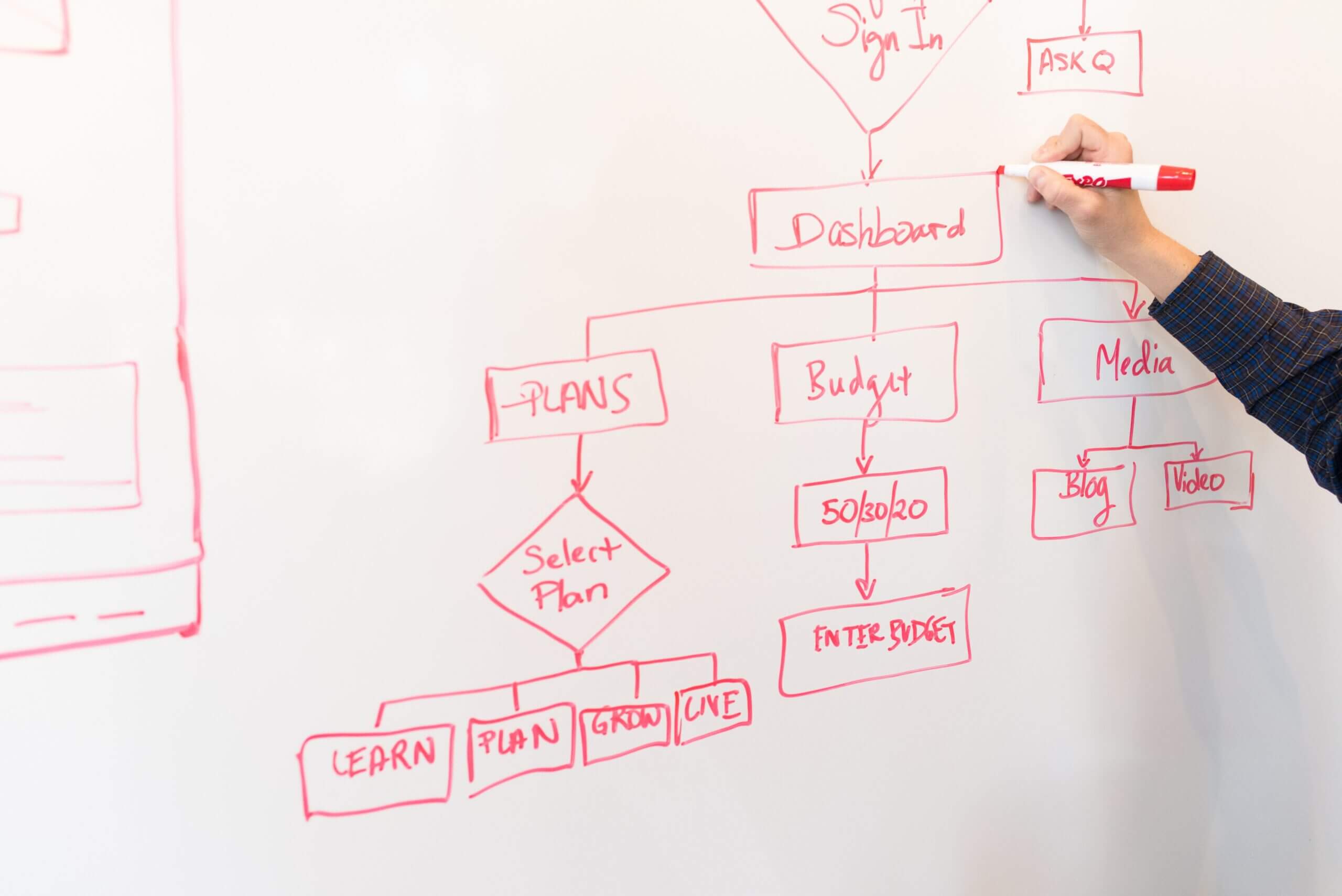Selling technology in the custom integration industry is challenging. Customers have a hard time understanding our offerings or even what they want. We explain complex systems and often only confuse them more. We attempt to get them to give us a budget when that’s our job. After gathering some information from a meeting, we then make them wait for us to find time to get the proposal out. Is that really a good plan? As you read through these mistakes, it will become more apparent that efficiency and process work. These are some tips we’ve found over the decades that helped us avoid costly mistakes and resulted in more profit.
- You ask them their budget, really, you think they know?
They don’t know their budget, and they don’t even know what’s available; that’s why they came to you. This question typically puts your customer on the spot and starts the presentation focusing on price and can close their mind to their project’s right solution. It’s better to present them with pricing options giving them the information they need to make an informed decision based on their values. - You made them wait for an estimated budget, what could go wrong?
Each day your customer waits, the more they forgot, and the more opportunity they have to get distracted by other priorities or competitors. All they were looking for initially was an estimated budget, so why are we so surprised when our customer skips over pages of details it took us hours to assemble to see the bottom-line price then says, “you’re pretty expensive.” Do the work it takes to pre-engineer your solutions so you can present them with a reasonable estimate, then request a deposit to complete the engineering. You’ll save yourself time and profit too. - Giving them a free parts list, called a shopping list by your customer.
Giving them a list is the fastest way to lose margin as your customer compares your competitors’ pricing. Additionally, you’ve reduced your value by focusing your customer on price rather than on performance. Your “free” quote should only give them the numbers and save the full proposal when they pay you to engineer it.
4. Not qualifying the client, by qualify, I mean educate them enough to make a buying decision, customers who don’t understand, buy less or nothing.
If you’re tired of creating multiple bids, then this is the mistake you’ll want to avoid. This type of sales meeting usually involves you throwing out some prices to see what sticks. You may have the impression that their head nodding implies a buying decision, but from your customer’s perspective, they’re just being polite as they wait to see your actual price. Try replacing your price range with three to five engineered packages. Add a picture and description for each and watch as your customer makes a real purchase decision. Stop telling them that you can do anything and showing them nothing; this confuses the customer and will cost you time or the sale. Don’t see this as limiting what you sell; think of it as clearly communicating what you can do for them.
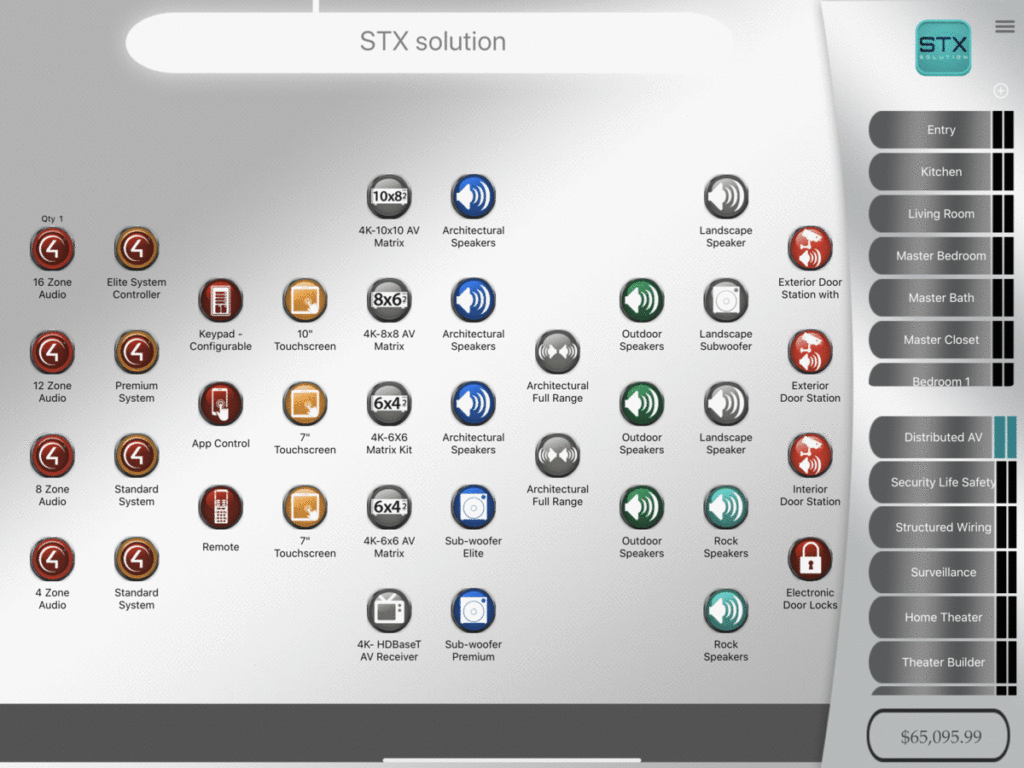
We created an award winning client-facing interface that presents your options with beautiful lifestyle pictures and creates a budget your customer can approve in your first meeting. Our Users have tracked a 20-50% increase in sales from this process.5. Talk specifications, that should end the meeting quickly!
Sure, you’ll impress them with your knowledge, but that doesn’t help them make a buying decision in fact, you may scare them away because you’re making it sound too complicated, and they don’t want to “waste their money” on more technology than they can handle. Instead, focus on the benefits, giving them examples of how their life will be better with your solutions.
6. Failing to document project details during the meeting, the fastest way to hobble a project from the start.
We’ve all done this, and then we try to make up for it with job-site meetings. If you want to understand why your jobs are running over on time, this is the mistake to pay attention to. The solution is to give yourself a format that prompts you through the same set of questions, preferably digital. We know you remember all this stuff, but to get profitable, you’re going to need to turn this into a process that sets the standard for you and your team. And it will be worth it as you measure the success by tracking your estimated hours versus what it took, including client training. You’ll also be surprised how this will speed up your sale and assists with training new salespeople. Stop Job-site engineering and watch your profit grow.
Remote Selling while it isn’t how we sold last year or the only way to sell today, it will be with us in the future. Remote Selling can be more productive, and for some, their favorite way to engage with clients. Starting the day, and first meeting, without driving around town means you can schedule more appointments leading to more sales. Stepping a client through TVs and then moving right into mounts, soundbars, and power options help sales quickly build the budget around a fully designed system unique to that client while selecting from your standard offerings. Grouping complementary products help both sales and the client see the value and association.
Want to try out STX? We offer a free trial, and who knows, you might be like one trial User who closed a $500K job during his trial period – we’re that good. STX TRIAL REQUEST
7. You showed up to a technology meeting with a pencil and paper, works until you can’t find it, or read it!
You might as well ride up on your bike; while it will get the job done, you’re working too hard, taking too long, and coming back with limited data on the project that you now have to pull together. Keeping it digital will make it easy to manage when you create the budget while walking the job live or remote.
8. Not charging for engineering or design, clever, how is that working out?
We’ve all done engineering in hopes of securing the job, and it is typically the way that we identify the budget, but there are two major problems with this. First, you’ve devalued your services by not charging for them, and second, you’ve wasted time by not having an approved budget before you started engineering.
It is better to start with a sign-off on the budget and request a $200 – $1000 deposit (depending on the scope of work) for the final engineering. Remember, if you don’t value yourself, why would your customer?
9. The images you took didn’t adequately detail the job, every job is different, just like clients, details sell jobs as clients feel ownership.
It’s great that you took any pictures at all; however, an image without context can leave you scratching your head when you look at it two days later. Use a program that allows you to add lines, text, and location to explain exactly what you had in mind.
STX SmartData™ assigns an icon to each product, and when you move to Design View, it displays the icon for the approved product ready to be moved onto a floor plan, a job site image, or Google Earth pic. You can even create a quick layout from scratch with our unique SmartShapes™ feature.
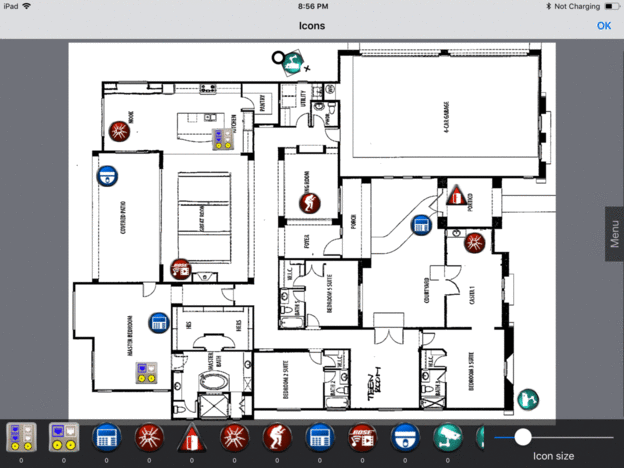
10. You’re not ready to take their money, why, because you’re going to drag them through a long-drawn-out proposal process?
This may sound funny, but how prepared are you? Do you have the capability to produce the proposal for their review? Can they sign it? And do you have the ability to take a credit card? The real question is “Why don’t you expect to close the sale, or get an engineering deposit?” If you think that it will take days or weeks to close that’s not the customer, that’s you. When you give your customer the information they need to make a buying decision, they generally will. Prepare yourself and watch as your customers start signing-up in your first meeting.
11. You think a handshake is as good as a signed agreement, what could go wrong?
Maybe you’ve been “lucky”, or maybe you don’t have one, either way I guaranty you that a customer will make you wish you had one when they change their mind and don’t want to pay your restocking fee or argue about the additional labor time you’re billing them. Having our Contract Terms in place saved our company from writing off labor and helped our customers understand what they could expect and control our programming and support. Show them you’re a professional and get yourself a short and industry specific contractual agreement that states client and service expectations; otherwise, they’ll define it for you!
Want us to send you our $150 Client Contract for free?
Docusign© now available as part of your sign-off process in STX.
12. Your payment schedule places a burden on your cash flow, good to have more of their money than they have of your products and services.
Are your terms 50% down, 50% upon completion? These terms are common, but after the first 50% runs out, you’ll have to utilize your credit lines or credit cards to finance your customer’s dream. It’s better to have a little bit more of their money than your product and services, which gives you leverage. Remember that the average net profit is between 7-15%; net profit is what you have left after the expedited freight, labor overages, and missed change orders. Better to have multiple smaller progress payments leaving no more than 5-10% as retention, due upon Substantial Completion.
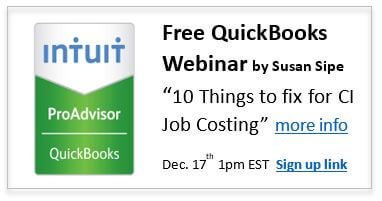
SUBSTANTIAL COMPLETION: the stage when a construction project is deemed sufficiently completed to the point where the owner can use it for its intended purpose. (to get paid faster, include this in your Client Contract)
13. Not offering Service Contracts and Warranties, put your ear close to the screen; do you hear those dollars rushing past you?
All systems need service, and if you’re not offering it or waiting until later, you’re definitely making a mistake that’s costing you money. Service contracts also help establish what your warranty covers and when it ends, which can help you bring the job to a close, minimizing the number of no-charge service calls we tend to provide when we don’t have our service defined.
14. Forms don’t get filled out completely or correctly, if a form is incomplete, it’s probably not legally binding.
Forms can be time-consuming but serve the purpose of coming to a mutual agreement and define expectations. Incomplete forms cause confusion, leading to serious and costly expenses that can turn a profitable job into a loss. Take the time to understand your forms’ function and modify them if necessary, so they protect you and your company.
15. Underselling your customer, everyone could use a prompt to offer a full range of options, kind of leaving money on the table without it.
You’ve heard the saying, don’t think with Your wallet, think with Theirs. Well, how about, if they don’t see it, they can’t buy it. We can offer so much in our industry that it’s become a significant part of your marketing plan to figure out how we present all the different systems we can install. Your efforts will be easy to see as your customer up-sells themselves simply because you offered it to them.
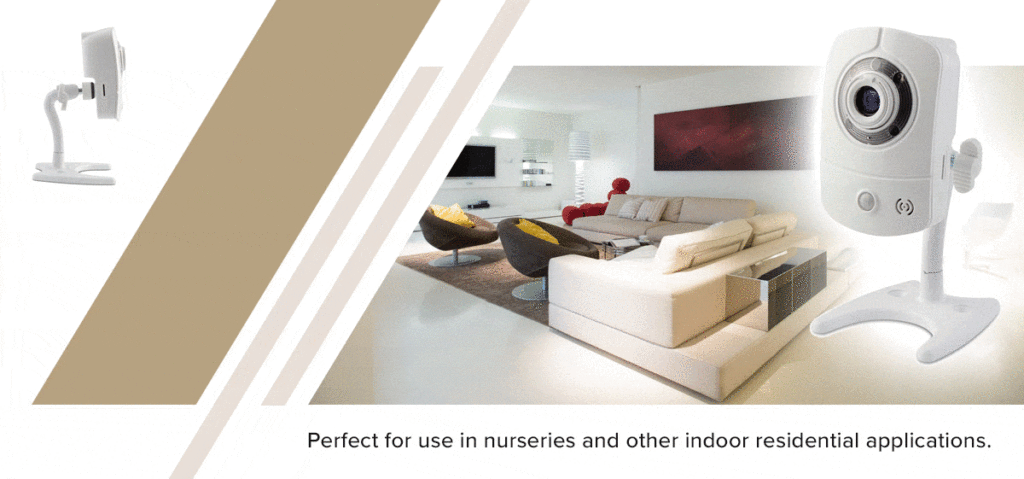
16. Using manufacturer websites for your presentation, with so much to offer, you need a way to help a client see the value of everything you present.
Communicating what you do is a tricky problem because there’s no way we’re going to carry around a bunch of brochures and why would we when we have the internet, but there are problems with using your manufacturers’ websites. First of all, they can have a link for other dealers or distributors, and second, they can be confusing for your customer to track with and even more so if they have questions. It’s better to control your presentation with your own pre-engineered solutions. These become your company solutions, making them much harder to shop.
17. Presenting discounted pricing from the start instead of proposing your value, and your customer will now expect you to continue to do so.
You don’t have the margin to discount, and when you do, you send a message that will haunt you throughout the job. Instead of going straight to discounting to close the deal, propose an option that sells for less, and make it clear how this will affect the performance, let it be their choice. We also recommend that you package your solution complete with labor and materials. When you separate out the labor, your customer will argue with your rate and number of hours. When you pre-engineer your solutions, you will gain the confidence to stand firm in the value you are offering.
18. Sending customers a proposal to review by themselves, might be why they didn’t return your calls.
Chasing down your customer to review your proposal can be a hassle so easily solved by hitting that little send button, but it can be even harder to get their attention if they have sticker shock when you do. You won’t be able to avoid sticker shock unless you prepare them. Before you leave the meeting, determine the day/time you’ll meet to review the proposal, so it feels like an extension of the first meeting rather than a whole new presentation.
19. You created multiple bids, because creating bids is your favorite thing to do.
Instead of guessing, present your customer with a full range of options and let them create their budget; you’ll be surprised how they’ll sell themselves.

20. Create a bid from scratch, what you forget could cost you a lot.
Starting from scratch may seem logical until you look at your previous jobs. While each job is unique, you have your favorite products and what you’re proficient at installing; save these as pre-engineered packages. Keep your packages small, and your head-ends separated. This effort will give you time to review your engineering, ensuring that you’ve had the time to include the right materials and labor to make it profitable.
21. Handing over designs or floor plans before you collect a deposit, you must like working for free.
Many salespeople will design a job to create the budget using this as a starting point to qualify the customer, hoping they will appreciate all your hard work. But what you did was the opposite; by giving away your design, you give your customer the impression that you engineer for free and who will now consider your expertise to be free just like they get from “big box retailers.”
22. You wait to have meetings in person, heard of the web, it’s really catching on.
In your world of technology options, show your customers how you can Remote Sell, gives them the impression that you have mastered technology and can creatively resolve the technology needs of their project.
23. Depend on a web app for your proposal, maybe you have a magic phone?
Web apps are convenient right up until you don’t have a signal, and who knows what kind of signal strength you’ll have at your customer’s home or business. Best to use an app that runs native to your device and uses the internet for storage and sharing.
These aren’t the only mistakes you’ll make, or that I’ve made, but it’s an important list of mistakes that are costing you money. The bigger message here is that the absence of a deliberate sales process, is costing you money. None of these mistakes were initiated by your customer. These are all mistakes that you make and that cost you money. So, if it hurts when you bang your head against the wall, then stop it.
The best salespeople sell the same experiences using different products and budgets to match the customer. Salez Toolz was developed specifically for Salespeople, providing an engaging experience for the customer, and making it easy for the salesperson to sell. Over the last 15 years, Salez Toolz has seen our concepts go from theory to reality, contributing to the success of large and small System Integrators, Security Contractors, and Electricians. Fancy multi-page proposals are impressive but don’t make up for the lack of a good Sales process. Please take a look at the glowing testimonials on our website, or better yet, try it out with a customer. We had one trial User close a $500K job within the trial period; spoiler alert, he bought the software.
Thanks for reading and now you know why we created STX Salez Toolz Expanded, now in our 15th year. We hope this helps you avoid mistakes and make more money.
Try STX for yourself and start closing more profitable sales; STX TRIAL REQUEST

Mark Sipe, developer, inventor, and recovering systems integrator
STX SolutionTM, Salez Toolz Expanded

